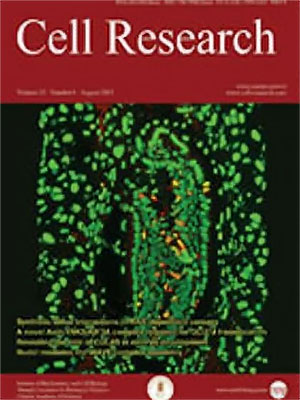
Volume 13, No 4, Aug 2003
ISSN: 1001-0602
EISSN: 1748-7838 2018
impact factor 17.848*
(Clarivate Analytics, 2019)
Volume 13 Issue 4, August 2003: 285-294
ORIGINAL ARTICLES
Novel SLA class I alleles of Chinese pig strains and their significance in xenotransplantation
Fu Xiang CHEN*, Jun TANG, Ning Li LI, Bo Hua SHEN, Yun ZHOU, Jin XIE, Kuang Yen CHOU**
Shanghai Institute of Immunology, Shanghai Second Medical University, Shanghai 200025, China
Correspondence: Kuang Yen CHOU(my@shsmu.edu.cn)
To lay background for studying rejection mechanisms in xenotransplantation and developing the strategies for intervention, class I genes of swine leukocyte antigens (SLA) of three Chinese pig strains Bm, Gz and Yn were cloned and sequenced. The cDNA of the class I loci P1 and P14 were amplified by RT-PCR and subjected to insert into sequencing vectors. All six allelic sequences we examined, each two for one Chinese strain, are not identical to those reported, which allows these novel sequences receiving their accession numbers AY102467- AY102472 from GenBank. This study further reveals that the homologies of MHC class I genes in their primary structures and the deduced amino acids between Chinese pigs (SLA) and human (HLA-A*0201) are better than those between pigs and mice (H-2D
b/H-2K
b). The comparison also indicates that the amino acid residues critical for recognition by human KIRs are altered in the swine class I molecules. The amino acids responsible for binding human CD8 coreceptor are largely conserved although there are two critical residues substituted. A functional test indicated that the human T cells specific for the prokaryotically expressed SLA P1protein could respond quite well in vitro to the class I-positive swine chondrocytes and PBMCs in presence of human APCs. This implies that, due to the substitution of two critical residues, the inaccessibility of human CD8 coreceptor to swine class I molecule might be contributable to the indirect pathway that the human T cells have to use for recognizing the SLA class I xenogeneic antigens.
FULL TEXT | PDF
Browse 2064


